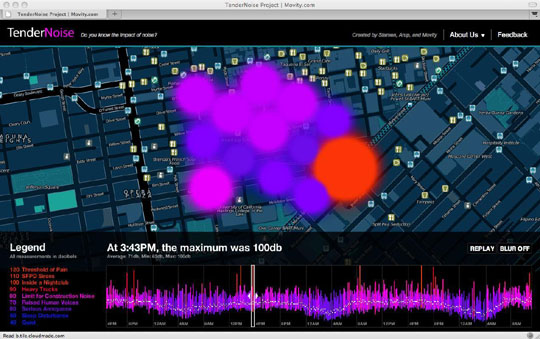I magine you live in a house that communicates with you through an interface resembling the futuristic info-graphics in the science-fiction movie "Minority Report" — where actor Tom Cruise interacted with icons on an holographic touch screen. For example, a kitchen appliance, such as your fridge, displays a neat pie chart showing you're running low on beer. As soon as you leave the house, the fridge orders more beer from an online store and gets it delivered before you return. This may not be the first scenario the organisers of the Internet of Things 2010 Conference had in mind. But it is a nice vision.
"The Internet of Things" (IoT) is a term coined by researchers at the Auto-ID Lab at the Massachusetts Institute of Technology (MIT) in the late 1990s, and refers to the interconnection between everyday objects over a network. This is achieved by sensors that are connected through a wireless network and use such things as radio-frequency identification (RFID) devices. In this construct, our world is constantly monitored through sensors that gather, analyse and visualize data in real time in a way we can instantly understand. This perpetual data flow is taking place purely as machine-to-machine interaction. To use the example above, it is the fridge opening your automated front door. But, the Internet of Things tries to avoid the negative connotation of machines operating on their own.
So, how can we avoid the dystopian vision of a world controlled by machines and chat with our house on friendly terms? This was the sort of topic covered last week at the IoT 2010 Conference in Nihonbashi, central Tokyo. The Japan Times went along to a couple of workshops to see what kind of things we can expect in the near future.


















With your current subscription plan you can comment on stories. However, before writing your first comment, please create a display name in the Profile section of your subscriber account page.